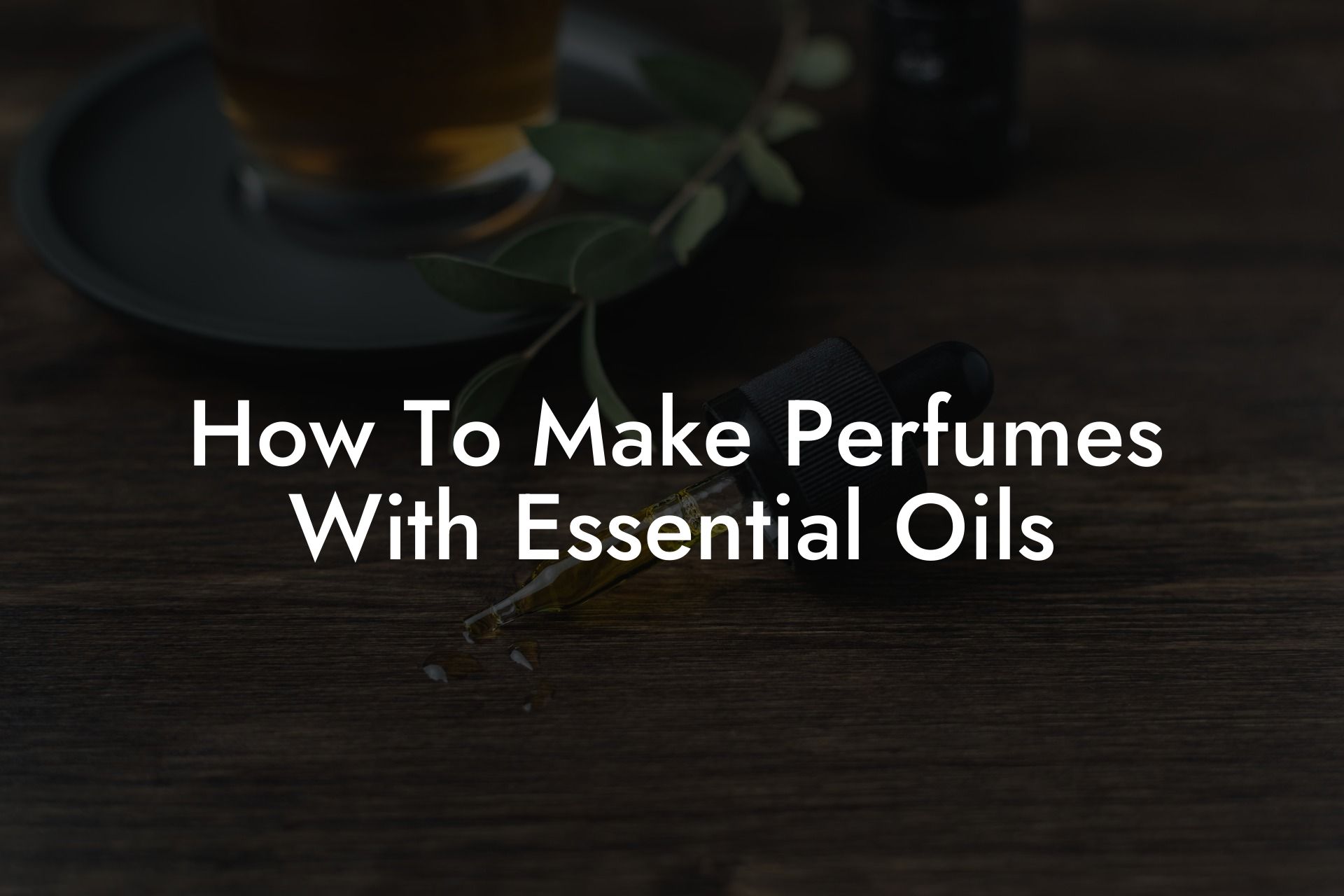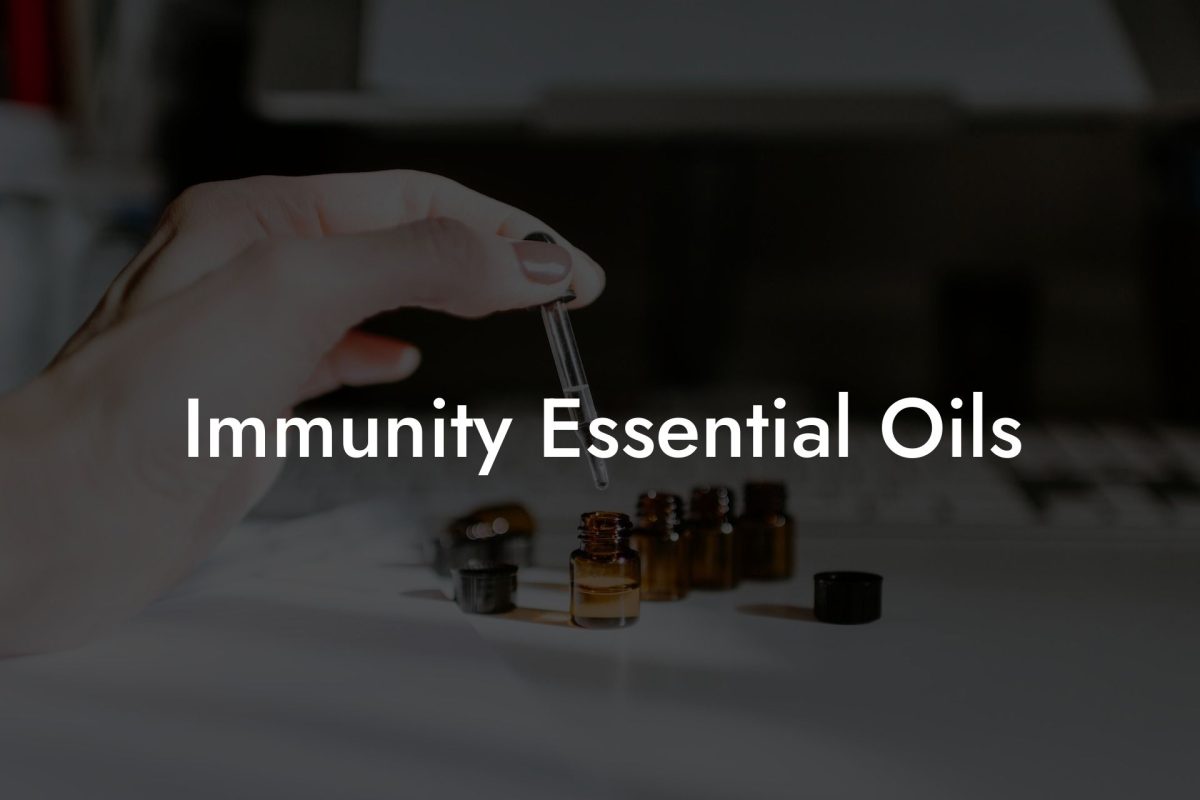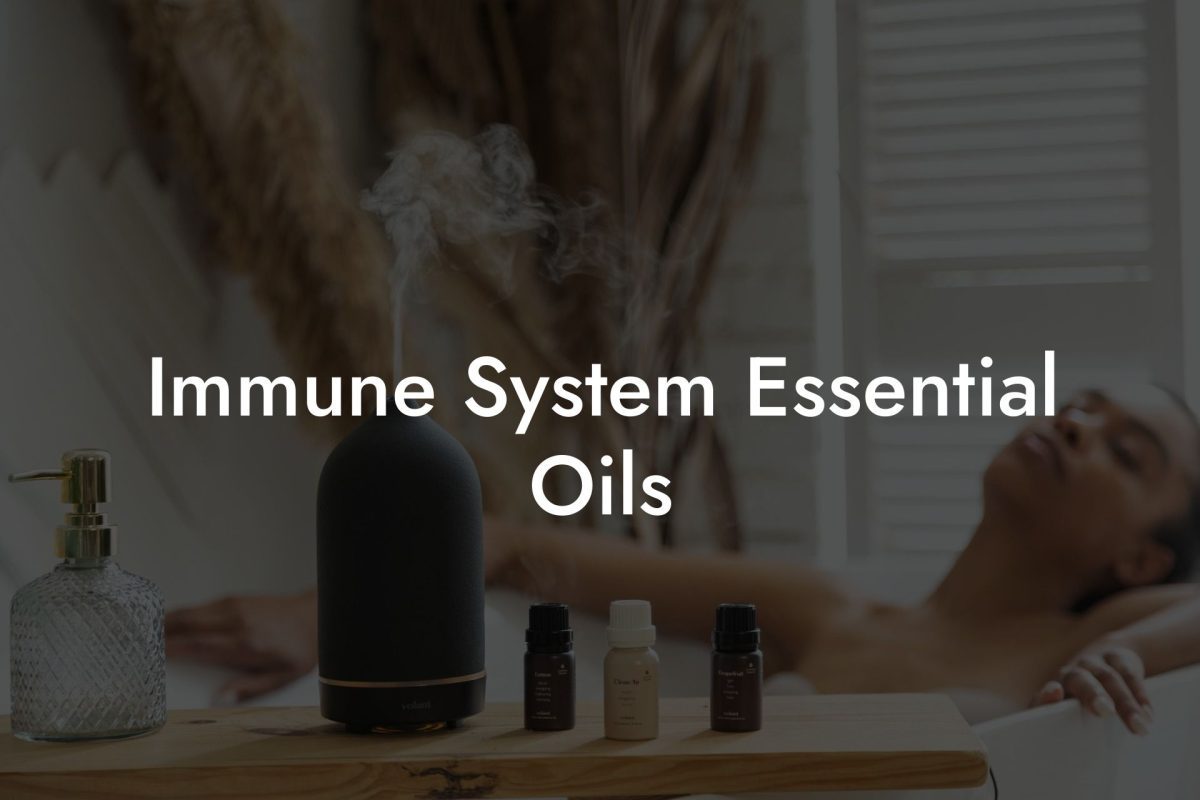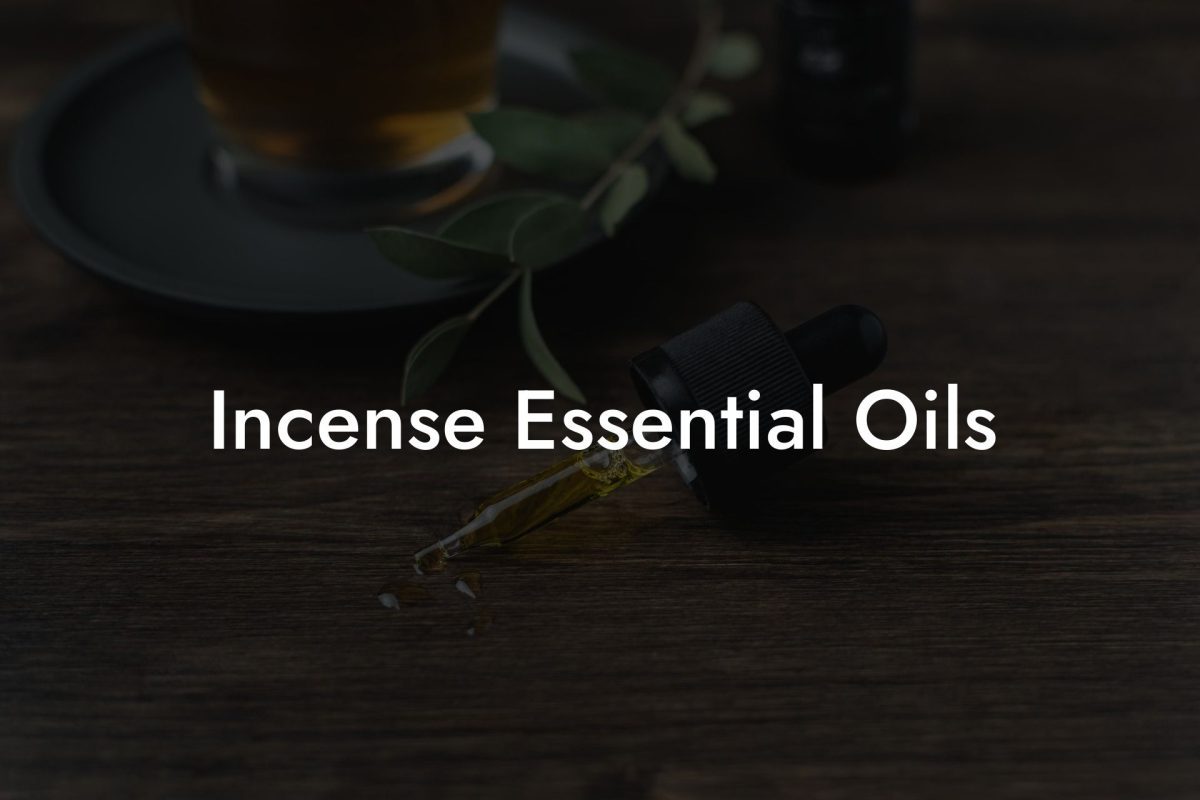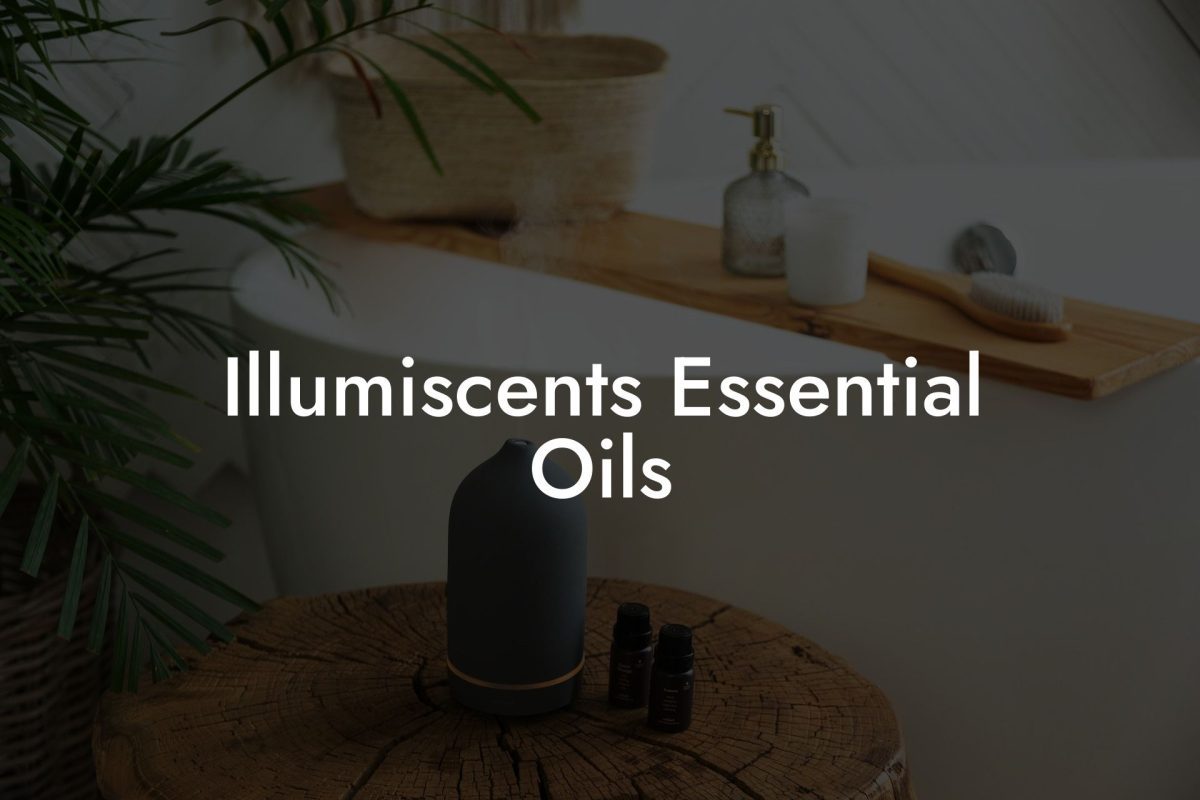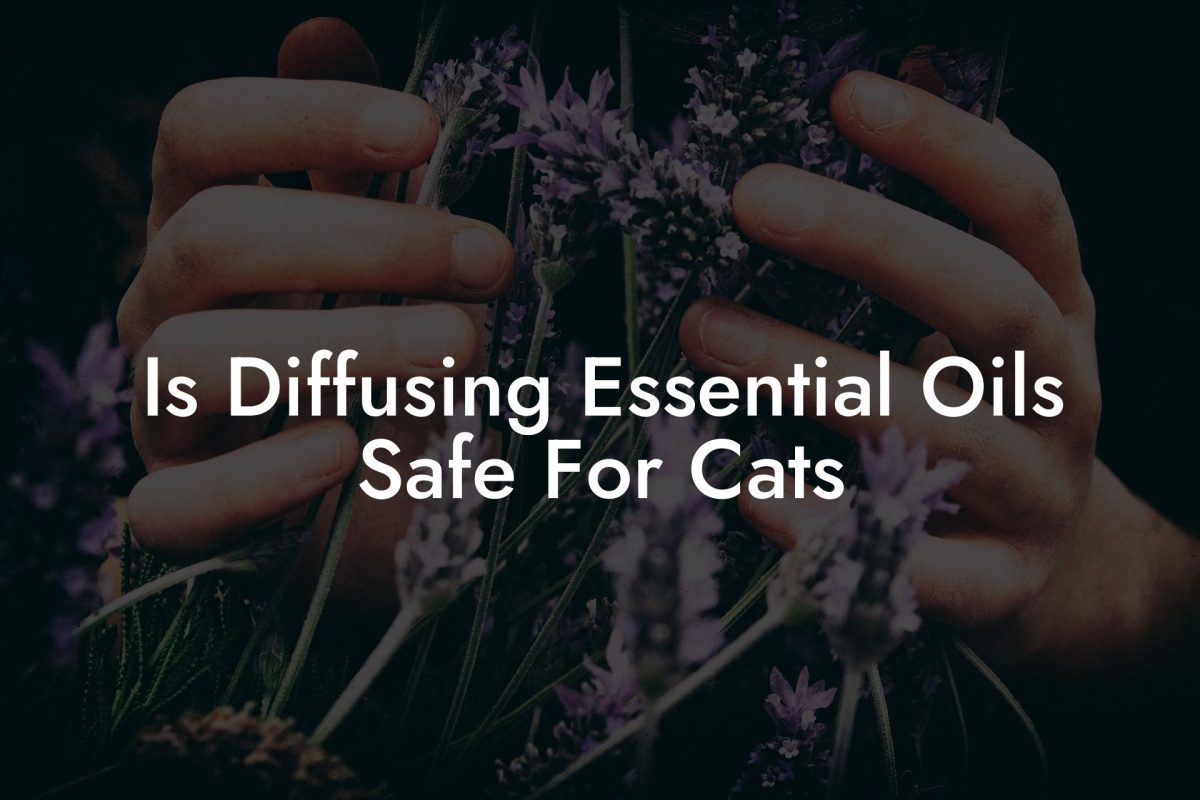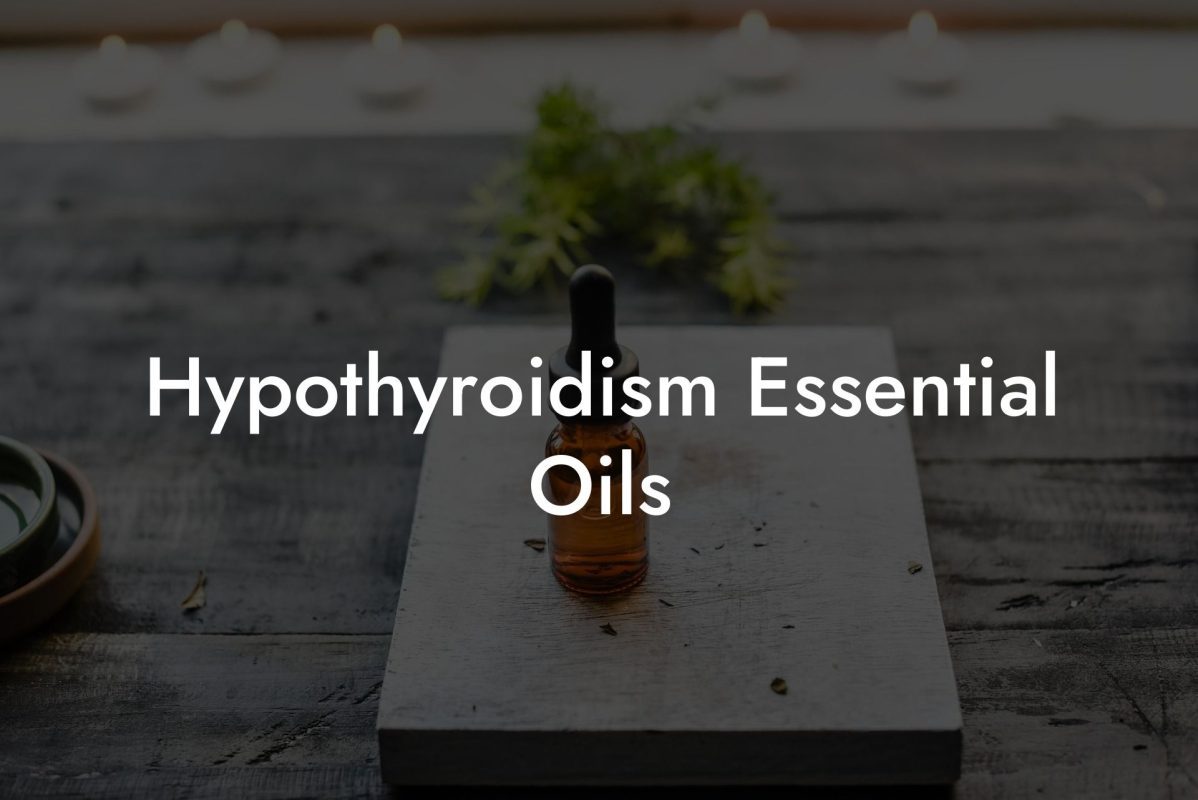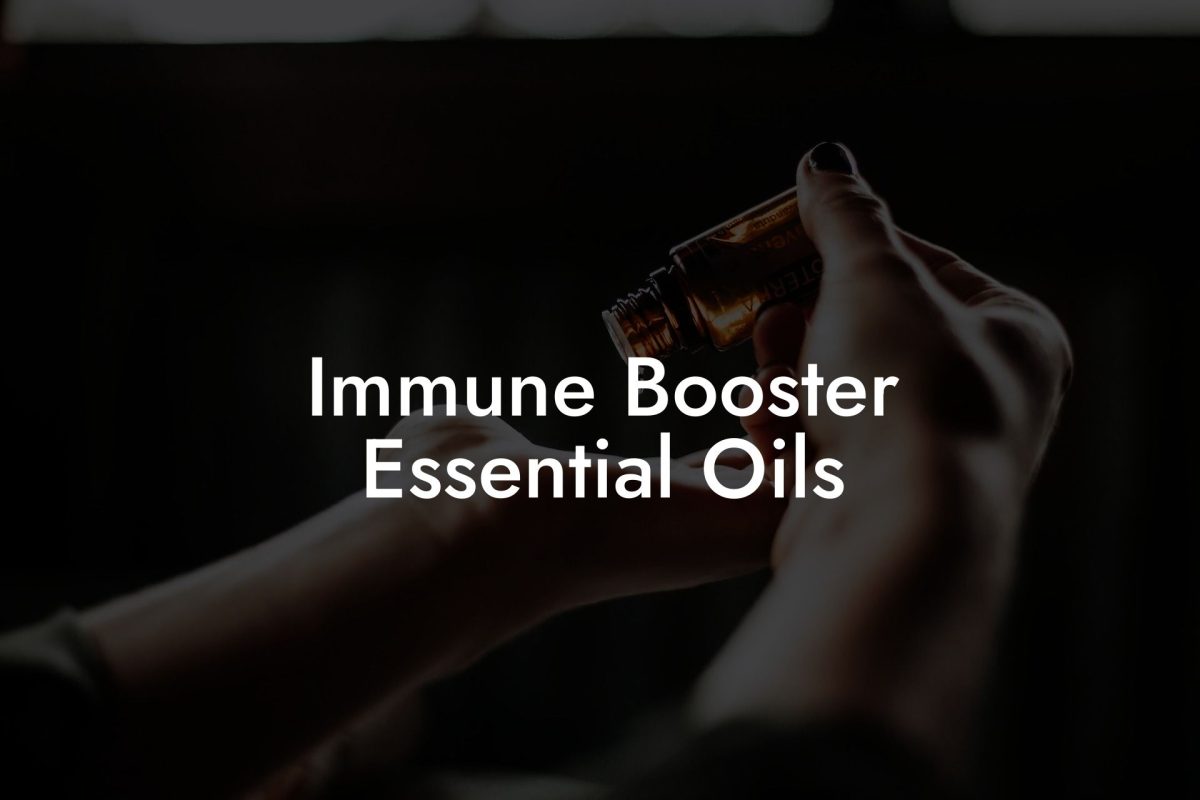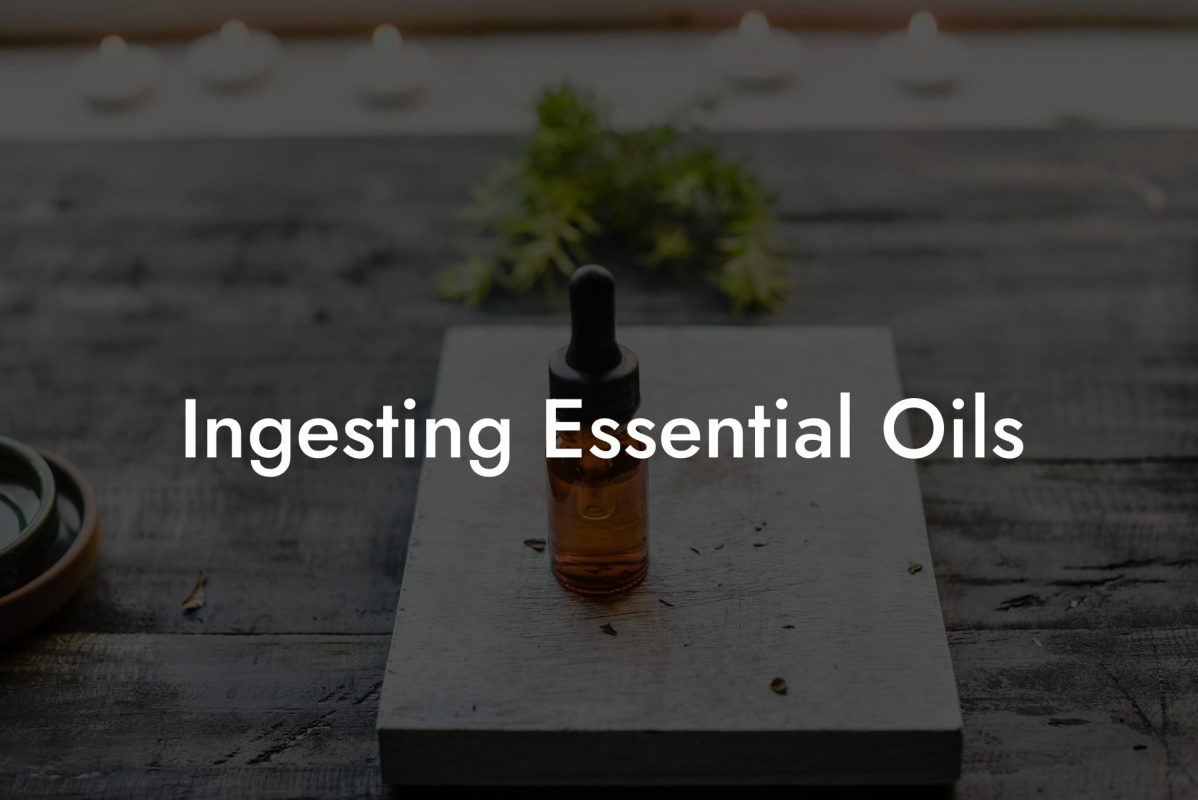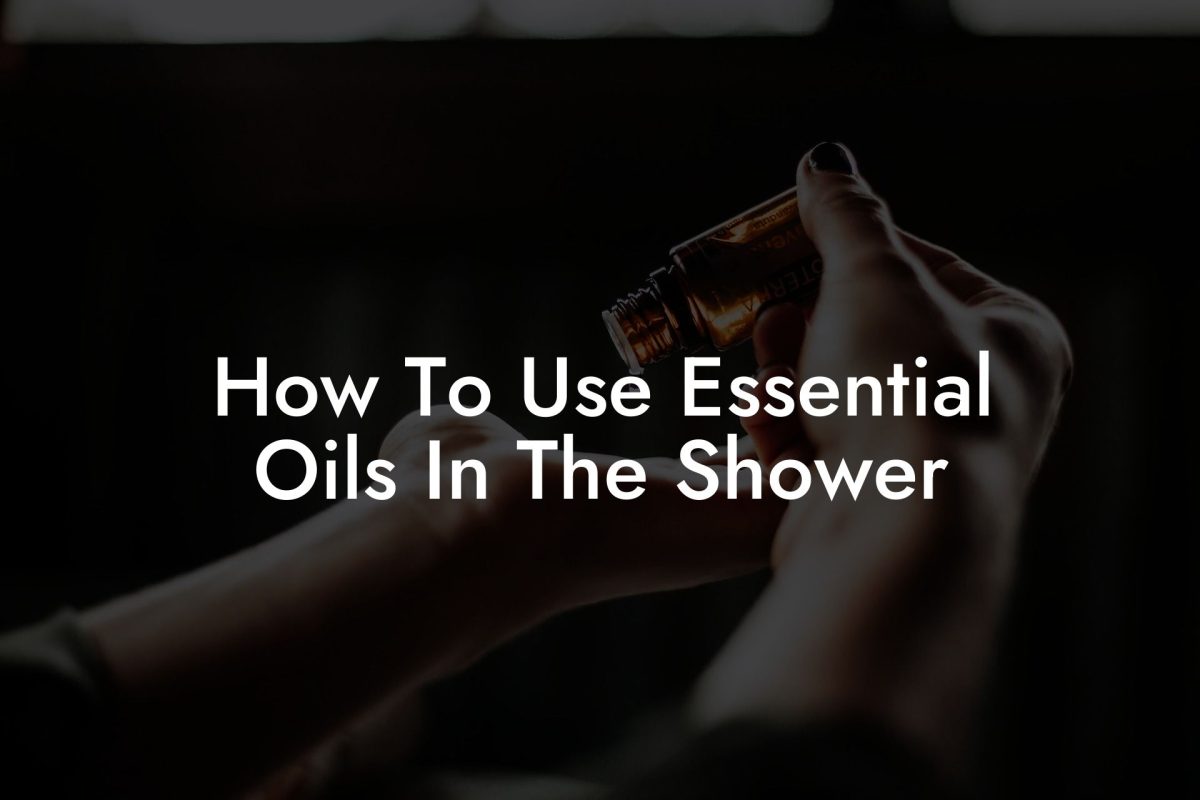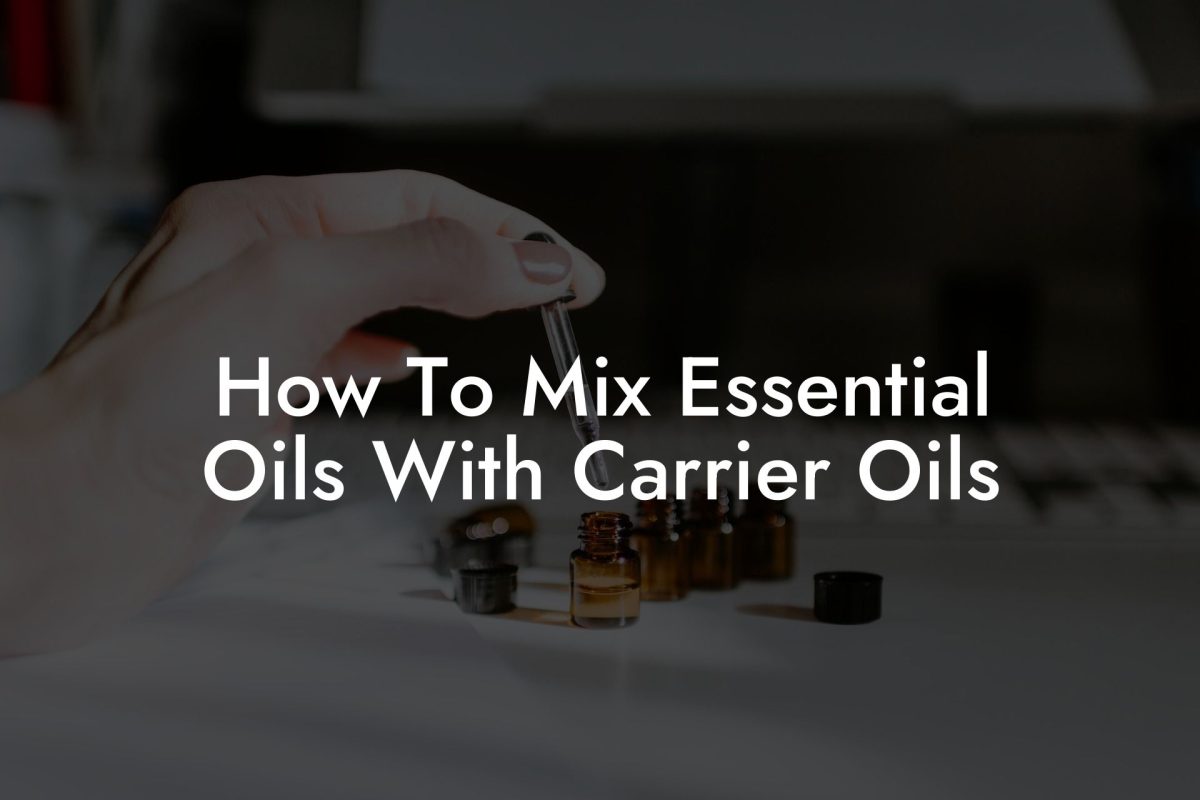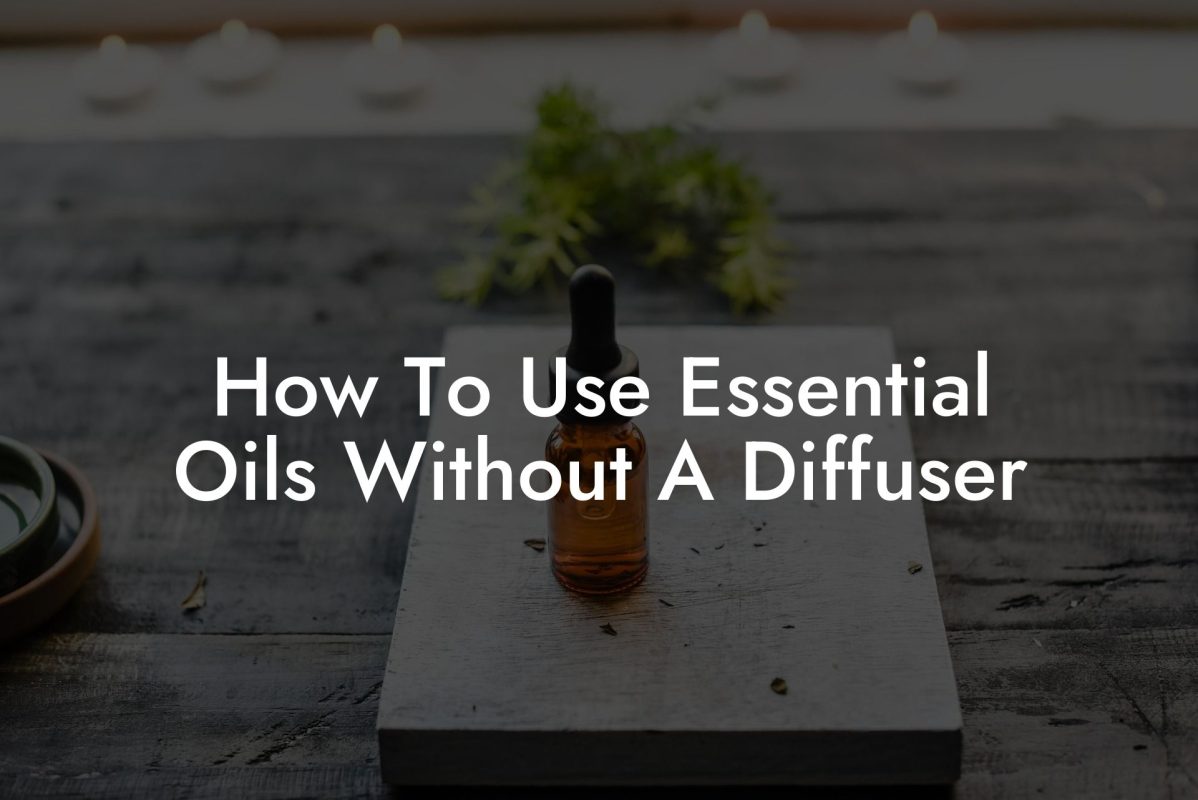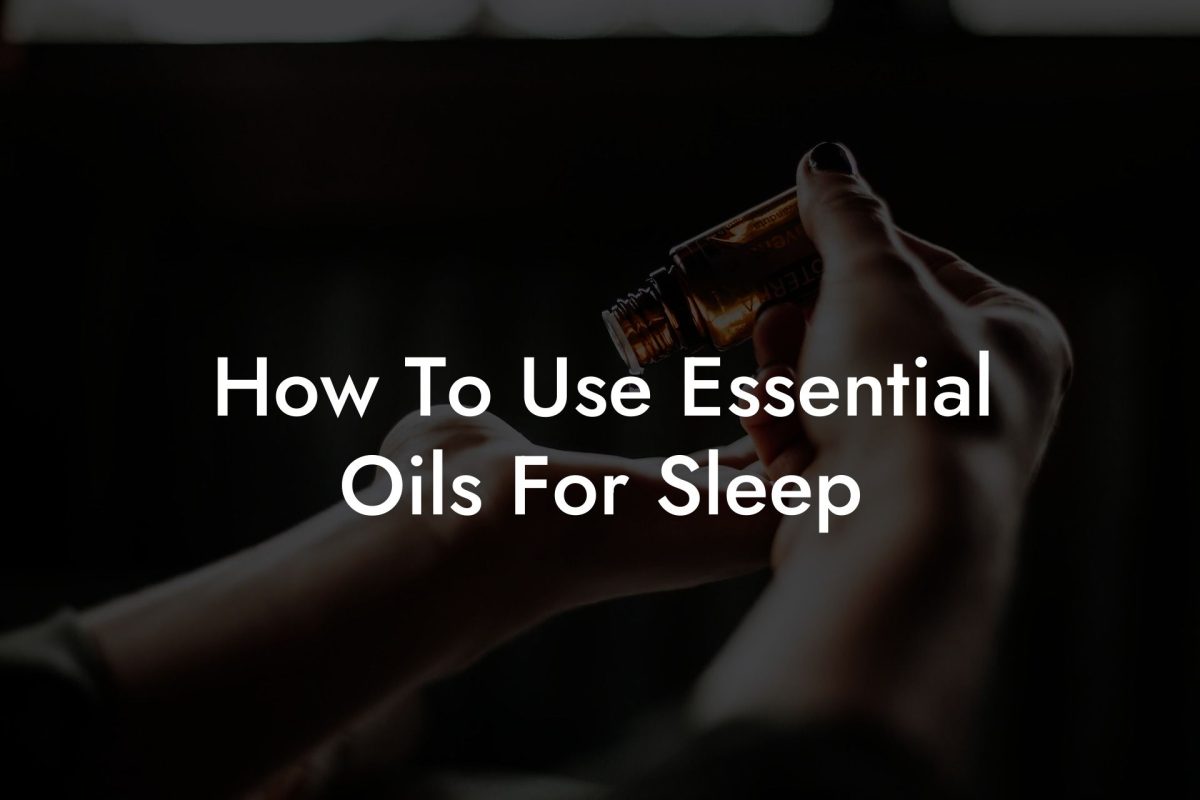Have you ever dreamed of creating your own unique, natural, and captivating perfume? With essential oils, you can craft your very own alluring scents while harnessing the therapeutic benefits of aromacology. In this guide, we’ll walk you through the process of making your own perfumes with essential oils, providing you with the knowledge and inspiration to explore this creative and sensory art form.
Table of Contents
Understanding Perfume Notes
Before diving into creating your own essential oil perfume, it’s important to understand the structure of a fragrance and how it evolves on your skin. Perfumes are composed of three types of scent notes:
- Top Notes: These are the initial scents you perceive when you first apply the perfume. They are usually light, fresh, and evaporate the quickest, lasting around 15 minutes to 2 hours.
- Heart/Middle Notes: As the top notes dissipate, the heart notes become more prominent. These are the “core” of the fragrance, typically lasting 3-4 hours on your skin.
- Base Notes: These are the most enduring scents, providing a foundation for your perfume. They last the longest, generally around 6 or more hours, and support the other notes to create a well-rounded, captivating aroma.
When crafting your perfume, you’ll want to choose essential oils from each of these categories to create a complex, dynamic scent experience.
Selecting Essential Oils for Perfume-making
Quality is crucial when it comes to selecting essential oils for your perfume. Oshu Oils provides a range of artisan essential earth oils, expertly blended and tested for purity to ensure optimal results.
While there are countless essential oils available, here are some popular choices for each type of perfume note:
- Top Notes: Bergamot, Lemon, Grapefruit, Eucalyptus, Lavender, Peppermint
- Heart/Middle Notes: Geranium, Rose, Jasmine, Ylang Ylang, Tea Tree, Chamomile, Neroli, Cardamom, Clary Sage
- Base Notes: Sandalwood, Cedarwood, Vetiver, Patchouli, Frankincense, Myrrh, Vanilla
Experiment with different oils and combinations to discover your perfect blend. Always start by adding small amounts of each oil, then adjusting as needed to achieve the desired scent.
Creating the Perfume Blend
To craft your essential oil perfume, follow this simple step-by-step process:
- Dilute your chosen essential oils with a carrier oil, such as jojoba, almond, or coconut oil. This not only extends the life of your perfume but also helps prevent potential skin irritation. Aim for a concentration of 5-15% essential oils, depending on skin sensitivity and desired strength.
- Start blending your oils, beginning with the base notes. Add a few drops at a time, then move on to the heart and finally, the top notes. Use a separate glass container for each stage of the process, allowing the blend to rest and develop between additions.
- Once you’re satisfied with your blend, transfer it to a dark glass bottle with a rollerball or spray top for easy application. This will also protect your perfume from sunlight and extend its shelf life.
- Allow the blend to mature for at least one week, ideally up to a month, so the individual oils can meld together and deepen their synergy. During this timeframe, store the bottle in a cool, dark location.
How To Make Perfumes With Essential Oils Example:
Let’s say you want to create a bright, uplifting perfume with citrus and floral notes. You might select the following essential oils:
– Top Notes: Bergamot and Lemon
– Heart Notes: Jasmine and Geranium
– Base Notes: Sandalwood
Your blend could start with 3 drops of Sandalwood, followed by 5 drops of Jasmine and Geranium, and finally 8 drops of Bergamot and Lemon. Dilute with your chosen carrier oil, then fine-tune the percentages as needed to achieve your preferred scent.
Congratulations – you’ve now taken the first steps towards creating your own essential oil perfume! Enjoy the process of exploring different oils and combinations and cultivating your own personal, natural fragrance. Don’t forget to share your creations with friends and family, or even gift them as unique, thoughtful presents.
For more informative articles on essential oils, aromacology, and their various applications, be sure to check out the other guides on Oshu Oils’ blog. And consider browsing our range of artisan essential earth oils to help you craft your perfect perfume blend. Happy blending!

